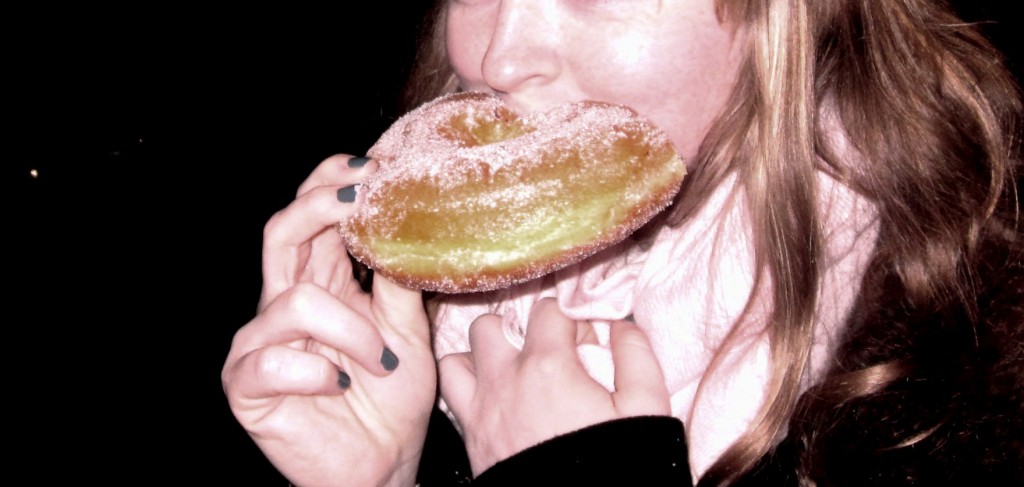When traveling to Ireland, you may be unfamiliar with cities other than Dublin and Galway. I was the same, but quickly learned that Drogheda is a shining star of the small island nation. The town is about a forty-minute drive north of Dublin, and was historically the largest and most important, often hosting parliament, until the seventeenth century following a number of battles and Cromwell’s conquest. Of course, in the end, Dublin became the capital of Ireland, and Drogheda became the capital of teen pregnancy. Despite this troubling turn of events, the small town of Drogheda still boasts a host of fascinating historical relics, award-winning cafes, and a bustling art community all in walking distance of each other, and without the Dublin crowds to boot.
Coming into Drogheda by bus from Dublin is cheap and easy. Just a few meters from the bus station is an old stone gate, called Butter Gate. It was part of the original wall surrounding the city, put in place to enforce the city curfew and protect the people. Only pieces of the wall still surround the city, but the old gate still looms, a reminder of darker times and the perseverance of the Irish people. Next, as you cross the river Boyne, you can stop on the bridge and think about the woman for whom the river is named. She was the beautiful bride of a king who would not let her gaze into his magic well. When her curiosity got the best of her, the well swallowed her, spitting her up and dashing her body on the rocks of the riverbank.

After your reflections on Irish mythology, you can wander up to the Protestant cemetery, perched atop a hill. In it, you’ll find some old graves and a curious carving of a skeleton couple on the back wall, one of only three in Europe. Be aware of the bloody history between the Catholics and Protestants as you wander, and consider the placement of the church. In fact, just around the corner is Scarlett Street, named for the blood of the Catholic victims executed at this spot. From here, St. Peter’s Church is an interesting stop, as it houses the head of Saint Oliver Plunkett, executed for continuing to preach Catholicism during English Protestant rule.
Other historical structures include the Magdalene Tower, Saint Laurence’s Gate, Millmount Hill Fort and others. Because everything is so walkable in this city, you can take as much time as you like between sites. Visit cafes, such as the Brown Hound, recently voted the best café in Ireland. For incredible scones, stop by Esquires. At Relish, food is fresh and an art gallery is just next door. Each Saturday, there is a farmer’s market as well, featuring food and crafts, but get there early! Great bars include McPhails, Clarkes, and Gleeson’s for an authentic Irish pub experience.
Ask anyone about the sites, cafes or local happenings, and they’ll be happy to point you in the right direction. Or just have a wander through the cobblestone-ish streets and wonderful shops. Just try to avoid the tracksuit-wearing teenagers with neck tattoos.


Hi, just saw this and thought I would comment. I am not a grammar Nazi, I am though a factual Nazi. I am from the TOWN of Drogheda. It is not yet a city.
Also the protestant cemetery isn’t on top the only hill in town, our famous hill is called constitution hill because it is so steep and there are numerous hills around because we live in a river valley so the surrounding areas are all on hills.
Also our streets are not all cobblestones, the only place I can think of that has cobblestones is in Millmount.
Otherwise you have a very interesting guide to Drogheda. 🙂
Thanks for your comment & welcome to the site! It seems like you have good first-hand knowledge of Drogheda and the surrounding area. Please feel free to submit your stories and travel guides on our ‘Submit your Travel Tale’ page.